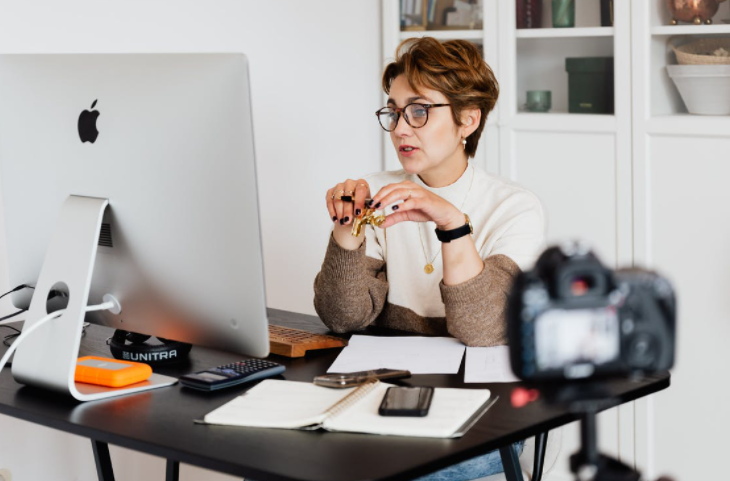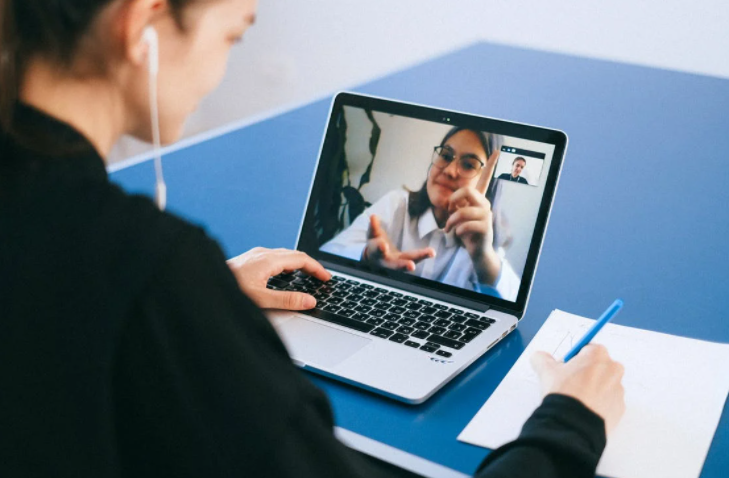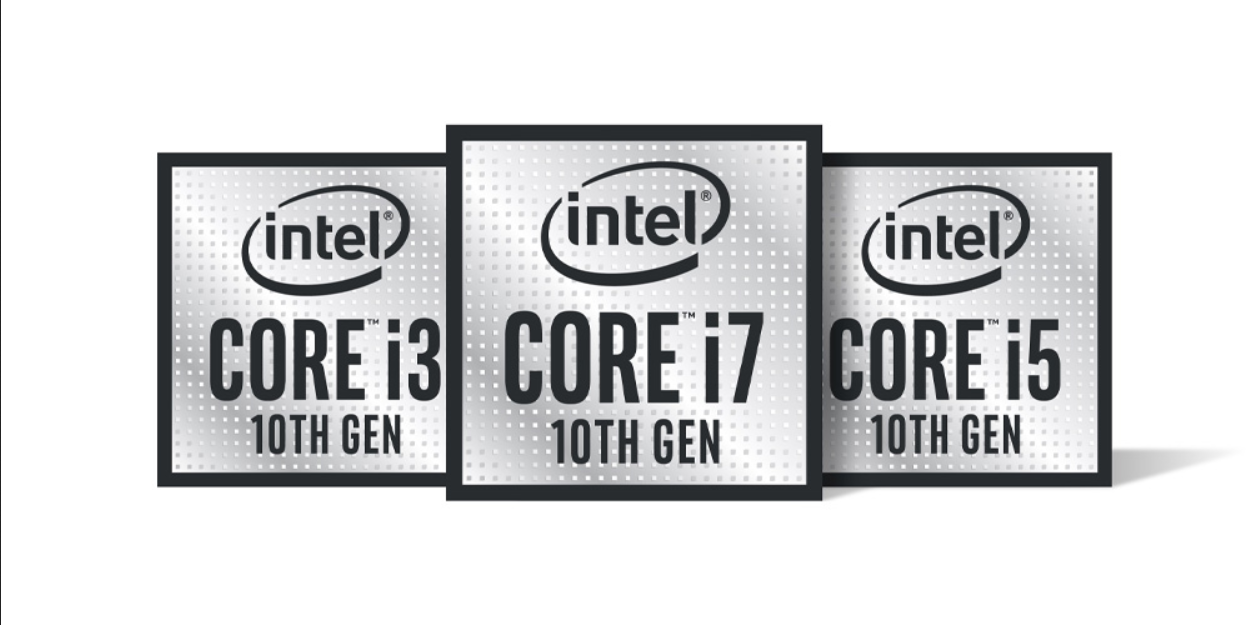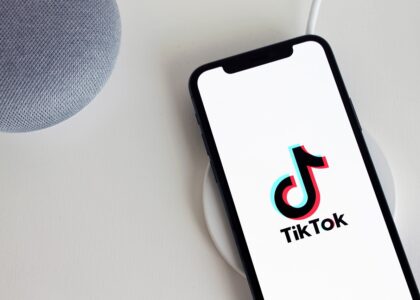Webcasting can be beneficial to many industries. Webcasting YouTube channel is essential to watch if you want to learn more about webcasting in general. Many things can distract your audience’s attention during your webcast. Phone rings, email notifications, WhatsApp pop-ups, and others can distract your audience from your webcast. Interrupting your audience during a presentation can be a problem.

Live webcasting is a popular way to promote brands and services. The presenter often faces the challenge of keeping the audience interested and engaged during a webcast. You need to offer dynamic content and a few other elements to keep viewers interested. Your webcast will be successful if you focus on the aspects that connect the audience to the content. Here are some essential things attendees should expect from your webcast.
Solid Story or Explanation
Webcasting companies’ webcasting solutions are the best. Don’t start your webcast presentation by presenting facts and figures or other standard information. It should be entertaining. You need to provide your audience with basic information that will entertain and amuse them. Use compelling stories and scenarios to connect the dots between real life and life on paper. Your portrayal is what the audience is looking for in a story. It can be a situation where they are trying to relate to everyday life or a character. The audience should feel a connection to your story. Keep your story realistic and exciting to build anticipation.
Proactive Interaction
 It would be best if you did not design your presentation or use webinar services in a way that only goes in one direction. Your audience is looking for something fun and exciting to break up the monotony. The audience wants to interact and give feedback on the topic you are presenting on. Keep your webcast interactive. Think about what your audience is thinking when you say something. Give them a chance to give their opinion. You can also host question and answer sessions, polls, quizzes or trivia games. Make your event interactive. Engage your audience in the event through social media.
It would be best if you did not design your presentation or use webinar services in a way that only goes in one direction. Your audience is looking for something fun and exciting to break up the monotony. The audience wants to interact and give feedback on the topic you are presenting on. Keep your webcast interactive. Think about what your audience is thinking when you say something. Give them a chance to give their opinion. You can also host question and answer sessions, polls, quizzes or trivia games. Make your event interactive. Engage your audience in the event through social media.
Excellent Visuals
Modern media doesn’t rely on monochrome. Customers love colorful ads that promote brand identity, whether digital or print. The same goes for your webcast. Visuals are essential to your audience. It can be in the form of video, music, graphics, or design. Today’s audiences tend to be visual, so they can learn from what they see. Presentations with bullet points and images work best in live broadcasts. A visual webcast tends to attract a larger audience.
Call to Action
Make sure you have prompted your audience to take a specific action before closing the webinar. Notepad, a simple tool that allows users to enter their contact information, comments, and other details, can be used by your audience. You can also share white papers and case studies from various companies via file-sharing pods. These shares will help prospects take appropriate action after the event. Focused attendees will expect you to stay in touch after the webcast is over.
Engaging Experience
It is no longer appropriate to schedule a presentation. Instead, they expect a learning experience that is fun and reinforces knowledge in creative ways. The webinar environment should be lively and engaging. Experienced speakers and presenters should be able to deliver an excellent speech. The speech should encourage discussion and debate. If the audience can experience the real-life aspect of the event, they are more likely to be interested.
Active Social Media
Nowadays, interactions through social media are very important. Social media allows you to share your stories and experiences from all over the world. Here you can meet people with similar interests and tastes. If your story is shared, liked, commented or shared on social media platforms, the likelihood of it trending increases. This will lead to a greater social presence. It will be more popular when people talk about it. Use a hashtag for each webcast that is relevant to your topic. This allows the community to come together on different social media platforms to create user-generated content that explores more ideas.








